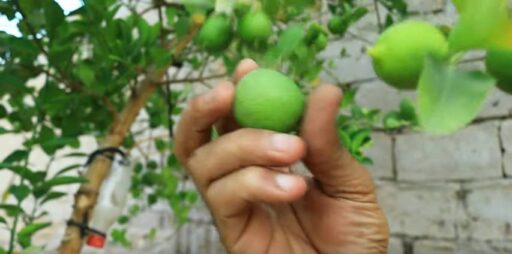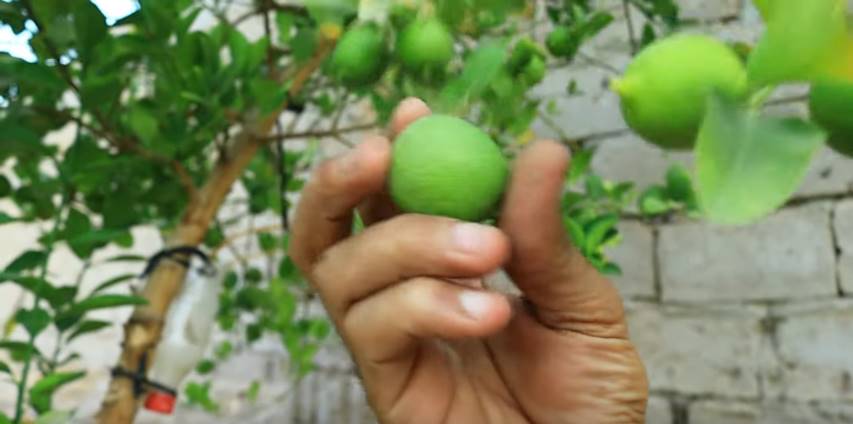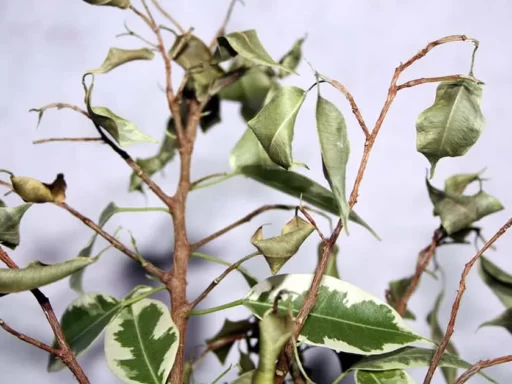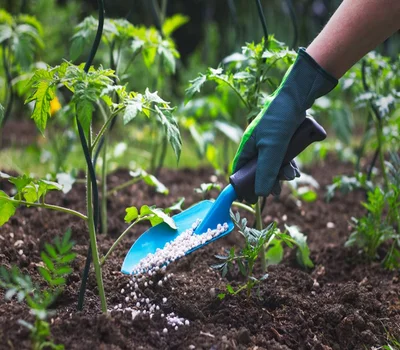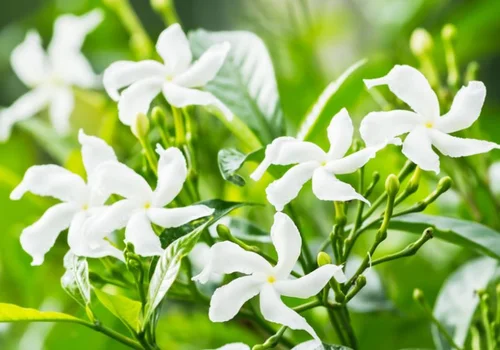In this article, we will explore a simple and cost-effective way to address a common issue that many people face—small lemon fruits. If you’ve noticed that your lemon trees are producing smaller fruits than usual, you’re not alone. This article will guide you through the problem and provide an easy solution to help you get larger and more abundant lemon fruits.
Identifying the Problem
If your lemon fruits are unusually small, it is essential to understand why this is happening. The main cause is often related to irrigation. Due to rising temperatures, your tree may not be getting enough water, especially during the summer months. As a result, the soil becomes dry, and the tree struggles to produce healthy fruits.
You may have noticed that the size of your lemons has decreased compared to previous years. Typically, the fruits should be four times larger than what you are seeing now. This issue can happen to anyone who grows lemon trees, but thankfully, the solution is straightforward and does not require a large investment of time or money.
Step 1: Daily Irrigation
One of the simplest and most effective ways to increase the size of your lemon fruits is by watering your tree daily. As long as your tree is bearing fruit, it needs consistent water, especially when there is no flowering season. The current period is focused on fruit harvesting, so water the tree generously each day.
The difference will be noticeable. With regular irrigation, the small lemons you see now will double in size and contain more juice. The key here is to ensure that the soil is always moist and the tree gets sufficient water.
Step 2: Avoid Fertilizers During Harvest Season
It’s essential to remember that adding fertilizers during this period is not advisable. Fertilization should occur before the fruiting season begins. This helps the tree to store enough nutrients and carbohydrates, which will eventually be transferred to the fruits. Fertilizing now will not yield the desired effect and might even harm the tree’s growth.
Step 3: Remove Unproductive Branches
Another critical step is to prune any unproductive branches. These are often found growing from the lower parts of the tree near the roots and are known as “sucker branches.” These branches do not bear fruit but instead absorb nutrients that should be going to the fruit-bearing branches.
You can identify these branches because they are usually green with large thorns. Their primary function is to absorb the tree’s nutrients, preventing the upper branches from getting the food they need. By removing these sucker branches, you will allow more nutrients to reach the fruit-bearing branches, leading to larger, healthier lemons.
Step 4: Check for Pests
It’s also important to examine the tree for any signs of pest infestations. If pests are present, they can hinder the tree’s growth and reduce the quality of the fruits. Regularly inspect the leaves and fruits, and treat the tree with appropriate pest control measures if necessary.
Conclusion
In summary, increasing the size of your lemon fruits is a simple process that can be achieved by focusing on two main tasks: regular watering and removing unproductive branches. These straightforward steps will ensure that your lemon tree remains healthy, producing larger fruits with plenty of juice. Additionally, keeping an eye on pests and avoiding fertilizers during harvest season will help maintain the tree’s overall health.
With these easy tips, you’ll soon enjoy larger and more abundant lemons, perfect for your kitchen and any recipe that calls for fresh, juicy lemons.

